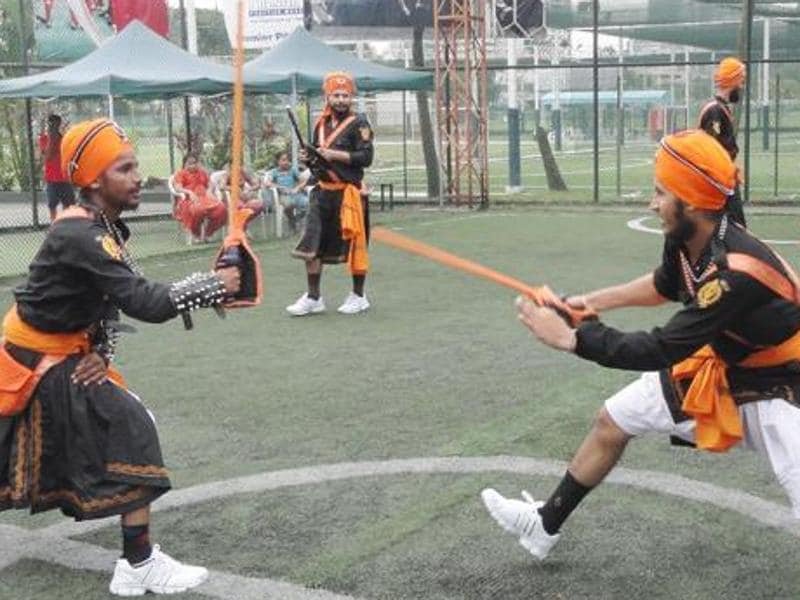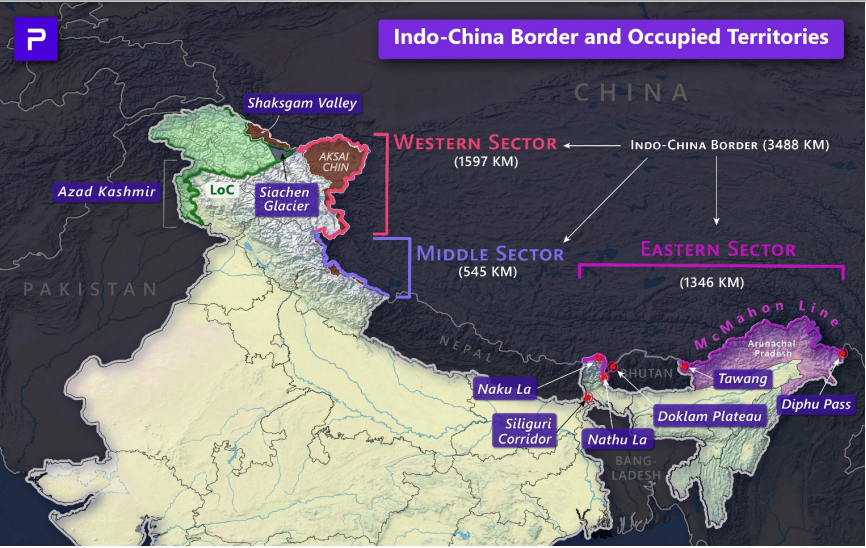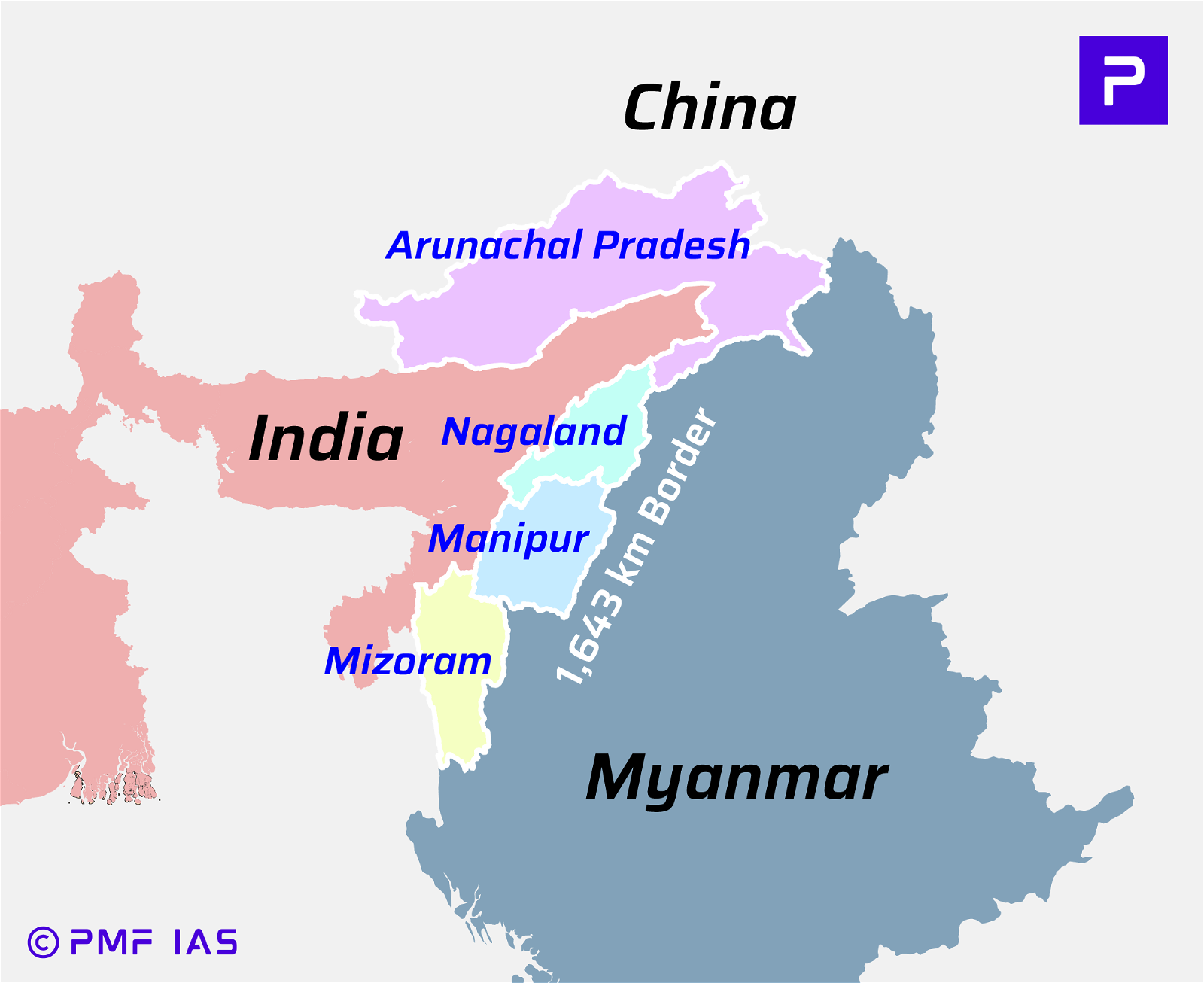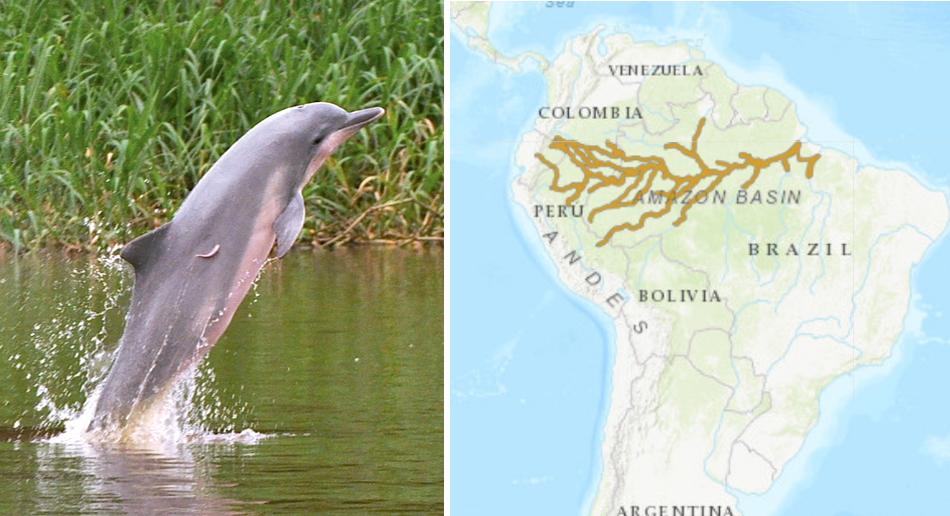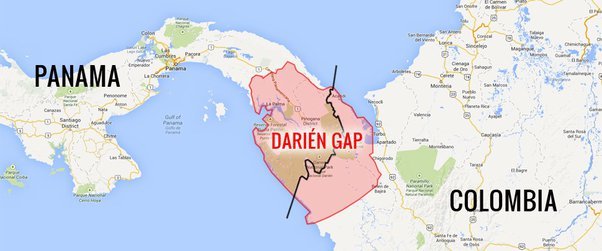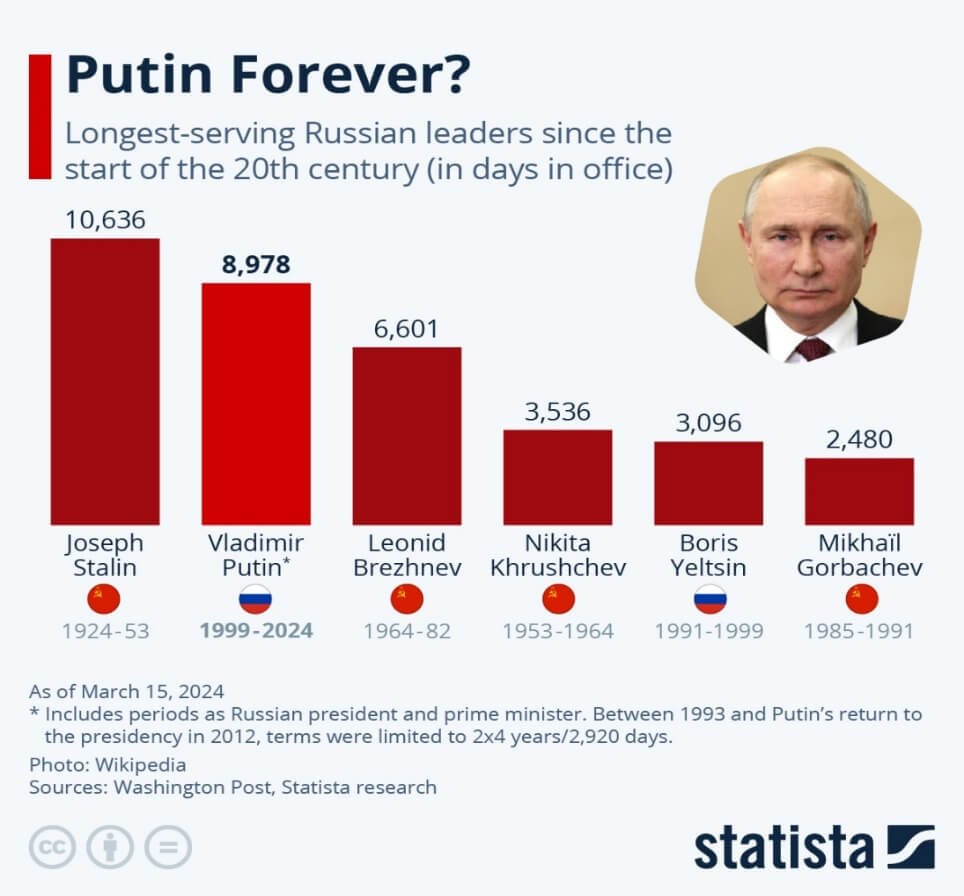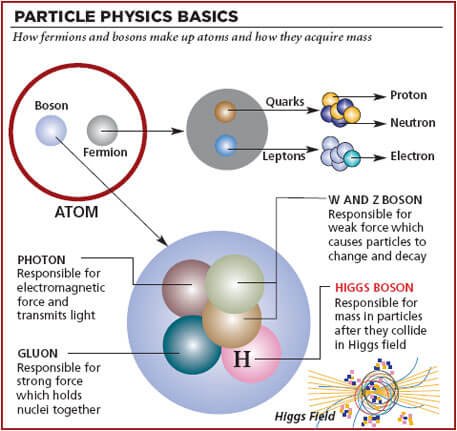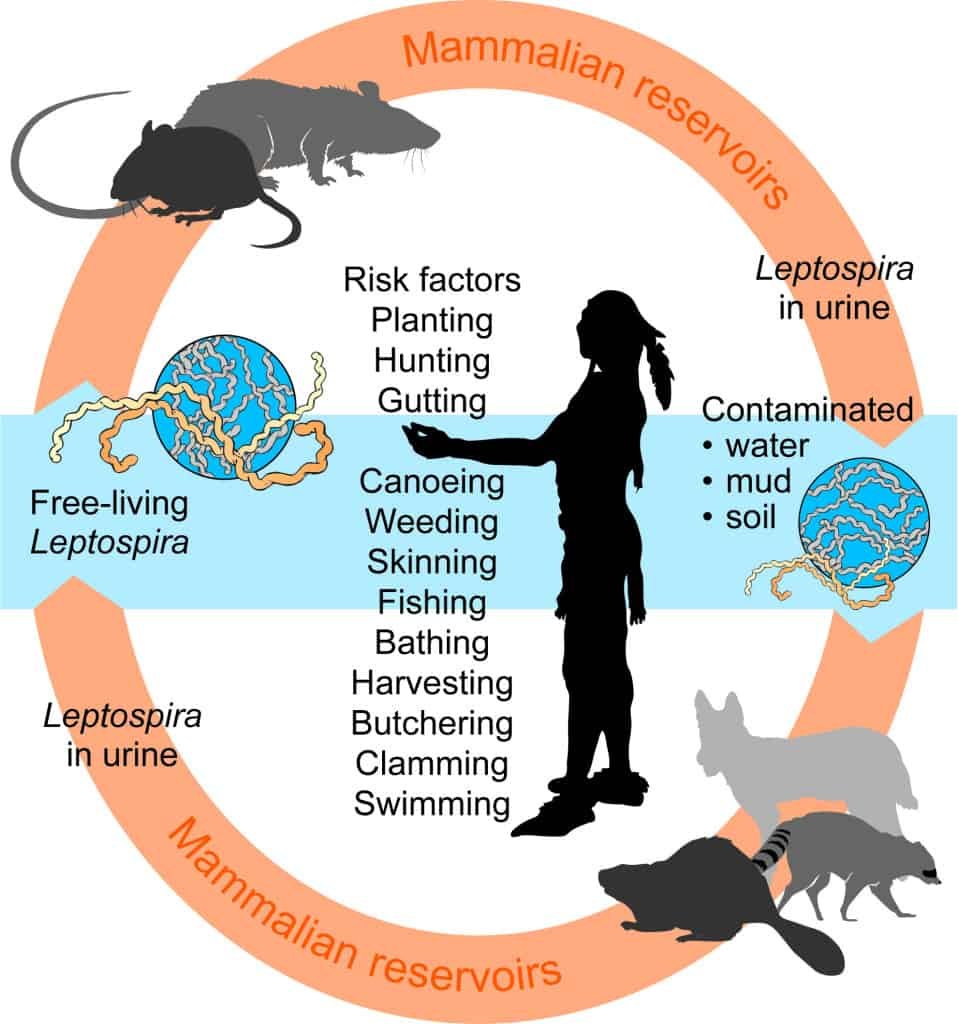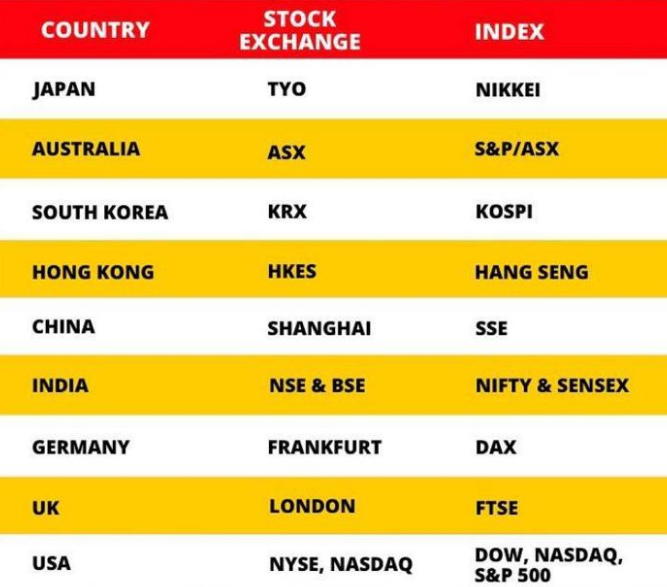
Current Affairs February 16, 2024: Martial Art Forms of India, China’s ‘Xiaokang’ border defence villages along LAC, Kerala’s demand to Amend WPA, World Restoration Flagships, INSAT- 3DS, Schengen Zone
Subscribers of "Current Affairs" course can Download Daily Current Affairs in PDF/DOC
Subscribe to Never Miss an Important Update! Assured Discounts on New Products!
Must Join PMF IAS Telegram Channel & PMF IAS History Telegram Channel
{GS1 – A&C – Art} Martial Art Forms of India
- Context (TH): Post the Galwan violent clash between India and China, the Army has added martial arts to the regular training of troops in addition to the usual physical exercise.
- The Punjab regiment incorporated Ghtaka in the training regime.
- The Gorkha Regiment has incorporated the Khukri dance.
- The Madras regiment has incorporated the Kalari Payattu.
- The Udhampur-based has incorporated the Israeli-origin martial art, Krav Maga.
Martial art forms of IndiaKhukuri Dance
Kalaripayattu – Kerala
Silambam – Tamil Nadu
Gatka – Punjab
Musti Yuddha – Varanasi
Thang Ta – Manipur
Lathi Khela – West Bengal
Mardani Khel – Maharashtra
Malla Khamb – Madhya Pradesh
Sqay – Kashmir
Other Traditional martial art forms
|
{GS2 – IR – India-China} China’s ‘Xiaokang’ border defence villages along LAC
- Context (IE | IE): China moves its nationals into its vacant ‘defence villages’ along the Line of Actual Control (LAC).
What are Xiaokang border defence villages?
- China has been constructing 628 Xiaokang or “well-off villages” along India’s borders with the Tibet Autonomous Region for over five years now.
- The border villages include structures include mostly double-storey, large and spacious buildings.
- Though their exact purpose remains unclear, they are understood to be dual-use infrastructure, can be used both for civil and military purposes, and have been a concern from a defence perspective.
- It can also be a way to assert Chinese claims over certain areas along the LAC.
Is there any law governing these border villages?
- A new law on China’s land borders was brought into effect from January 1, 2022.
- It was passed in 2021 by the Standing Committee of China’s National People’s Congress China’s rubber-stamp Parliament), for “protection and exploitation of the country’s land border areas”.
India’s response
- The Indian government announced the Vibrant Villages Programme in 2022 to develop its border villages into modern villages with all amenities and as tourist attractions.
- The programme builds on the existing Border Area Development Programme (BADP) under the Union Ministry of Home Affairs.
Other infrastructure projects by China along India’s borders
- Construction of new roads and bridges to improve connectivity through the passes in the northeast.
- There has also been a push to develop alternate routes to the LAC and improve inter-valley connectivity in the northeast.
Line of Actual Control (LAC)
For details on LAC, visit >PMFIAS-IG-01-India |
{GS2 – MoF – Initiatives} Security Printing and Minting Corporation of India
- Context (PIB): Union Finance Minister presided over the 19th Foundation Day celebrations of Security Printing and Minting Corporation of India Limited (SPMCIL) in New Delhi.
- The Union Finance Minister also launched three souvenir coins (coins that are typically designed to mark a specific event, anniversary, or place of significance).
- Coloured souvenir coin on Endangered Animals of India – Greater One Horned Rhino.
- Bi-metallic clad souvenir coin on the Enlightenment of Buddha.
- Coloured souvenir coin of Ram Lalla and Ayodhya Ram Mandir.
About SPMCIL
- It is a Miniratna Category–I, Central Public Sector Enterprise (CPSE).
- It is under the administrative control of the Department of Economic Affairs, Ministry of Finance.
- It is responsible for conducting printing and minting activities of the GOI.
- It is engaged in the manufacture/production of:
- Currency and banknotes.
- Security paper.
- Non-judicial stamp papers.
- Postage stamps and stationery.
- Travel documents (passports and visas).
- Security certificates, cheques, bonds, warrants, security inks.
- Circulation and commemorative coins, medallions.
- Refining of gold, silver, and assay of precious metals, etc.
{GS3 – Envi – Conservation} Kerala’s demand to Amend WPA, 1972
- Context (IE): Kerala unanimously passed a resolution urging the GoI to amend relevant sections of the Wildlife Protection Act of 1972 to address the escalating human-animal conflict in the state.
- Kerala has seen a steady rise in human-animal conflict in recent years. Attacks from wild animals not only pose a threat to life but have also wreaked havoc in the state’s agriculture sector.
Regulation of Hunting of Wild Animals
- Section 11 of the 1972 Act regulates hunting of wild animals.
- As per clause (1)(A) of the section 11 of the Act, the Chief Wildlife Warden of a state may — if satisfied that a wild animal specified in Schedule I (mammals) has become dangerous to human life or disabled or diseased beyond recovery — permit hunting or killing of such animal.
- The section gives powers to the CWLW to order killing of such a wild animal, if it cannot be tranquillised or relocated after capturing.
Kerala’s demands
- Kerala wants to amend the Section 11 (1) (A) so as to devolve the above-mentioned powers of the CWLW to Chief Conservators of Forests (CCF) instead.
- Such an amendment would simplify procedures for dealing with wild animals posing a threat to human life, by enabling speedy and timely decisions to be taken at a more localised level.
- Kerala also wants the Centre to declare wild boar as vermin, as per section 62 of the Wildlife Protection Act.
- According to this section, the Union Government can notify any wild animal in Schedule II of the Act (which protects it from hunting), as vermin for some time in an area/state.
|
{GS3 – Envi – Conservation} World Restoration Flagships
- Context (UNEP): The UN Environment Programme (UNEP) and the Food and Agriculture Organisation of the UN (FAO) have named seven initiatives as UN World Restoration Flagships.
- The seven initiatives are:
- Restoring Mediterranean Forests Initiative;
- Living Indus Initiative;
- Accion Andina social movement;
- Sri Lanka Mangrove Regeneration Initiative;
- Regreening Africa initiative;
- Forest Garden Program, launched in 2015, which includes multiple Forest Garden projects in Cameroon, Central African Republic, Chad, Gambia, Kenya, Mali, Senegal, Uganda, and Tanzania;
- Terai Arc Landscape shared by India and Nepal.
- The UN World Restoration Flagships is led by UN Environment Programme (UNEP) and Food and Agriculture Organisation (FAO).
- These awards are part of the UN Decade on Ecosystem Restoration (2021-30).
- Objective: To prevent, halt, and reverse the degradation of ecosystems on every continent and in every ocean.
- Funding: They receive technical and financial support from the UN.
- These initiatives include ecosystems that are at the tipping point of outright degradation due to wildfires, drought, deforestation, and pollution.
- Together, the seven new flagships are expected to restore nearly 40 million hectares and create around 500,000 jobs.
Terai Arc Landscape
- The Terai Arc Landscape (TAL) is an 810 km stretch between the river Yamuna in the west and the river Bhagmati in the east.
- It is spread across the Indian states of Uttarakhand, Uttar Pradesh and Bihar, and the low lying hills of Nepal.
- It comprises the Shivalik hills, the adjoining bhabhar areas and the Terai flood plains.
- It aims to conserve ecosystems of the Terai and Churia hills while ensuring the safeguard the rights of indigenous people and local community.
- The landscape boasts of some of India’s most well-known Protected Areas such as Corbett Tiger Reserve, Rajaji National Park, Dudhwa Tiger Reserve, Valmiki Tiger Reserve.
- It is home to three flagship species, the Bengal tiger (Panthera tigris), the greater one horned rhino (Rhinoceros unicornis) and the Asian elephant (Elephas maximus).
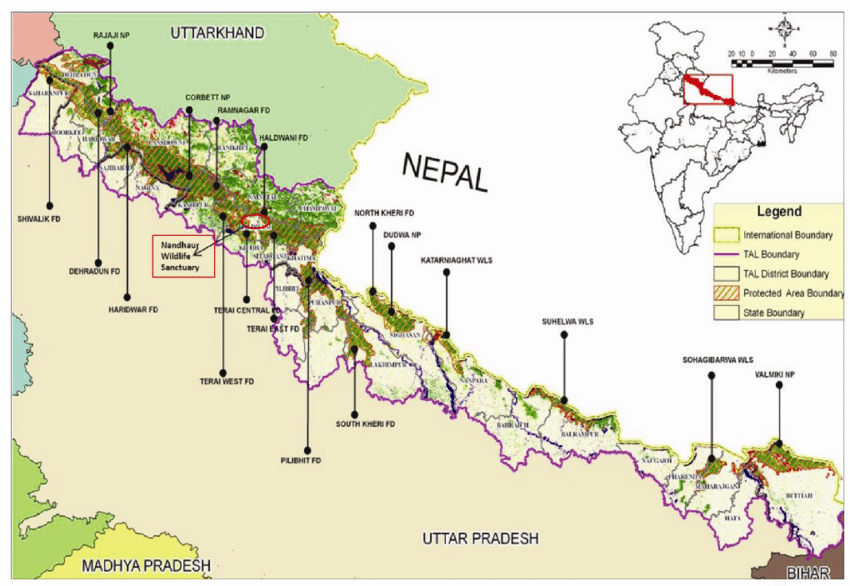
{GS3 – S&T – ISRO} INSAT- 3DS
- Context (IE | BT | IT): The ISRO will launch the INSAT-3DS from Sriharikota on February 17.
- It will facilitate improved satellite data and high-resolution images of the Earth’s atmosphere, land and oceans.
The INSAT-3DS
- It is a collaborative effort between ISRO and the India Meteorological Organisation (IMD).
- It is a continuation of the 3rd Generation Meteorological Satellite series from the geostationary orbit.
- Presently, meteorologists make extensive use of data generated by satellites like the INSAT-3D and INSAT-3DR.
- Funded entirely by the Ministry of Earth Sciences (MoES).
- Launched by using the Geosynchronous Launch Vehicle (GSLV-F14).
-
GSLV-F14
- It is a three-stage launch vehicle having a liftoff mass of 420 tonnes.
- First stage & Second stage: powered by a solid propellant.
- Third stage: Powered by cryogenic liquid.
- Primary objective: monitoring the Earth’s surface and oceanic environment across multiple spectral channels, enhancing data collection and dissemination from Data Collection Platforms (DCPs).
- INSAT-3DS comprises four payloads an Imager, a Sounder, a Data Relay Transponder and a Satellite aided Search and Rescue Transponder.
- The multi-spectral imager will generate images of the Earth across six wavelength bands aiding visualisation of colour-dependent atmospheric parameters like water vapour (humidity).
- The sounder will contribute in generating vertical profiles of the atmosphere and provide information like temperature and humidity.
|

{Prelims – PIN World – EU} Schengen Zone
- Context (TH): Kosovo recently obtained visa-free access to the Schengen zone in Europe.
Kosovo
- It is a self-declared independent country in the Balkans region of Europe.
- It is a landlocked country also, it is the smallest country in the Balkans.
- Kosovo is a member of the International Monetary Fund and World Bank.
- Kosovo lacks legal statehood, according to the UN, and is denied recognition by Russia and China.
|

Schengen zone
- The Schengen zone is named after the Luxembourg village, where the agreement was signed in 1985.
- It is an area encompassing countries that have officially abolished border controls at their mutual borders. It is the world’s largest free movement area.
- It mostly functions as a single jurisdiction under a common visa policy for international travel purposes.
- Of the 27 EU member states, 23 participate in the Schengen Area.
- EU states not part of the Schengen Area: Cyprus, Romania, Bulgaria, and Ireland
- Non-EU states part of the Schengen Area: Iceland, Liechtenstein, Switzerland, and Norway.
- Croatia, an EU member since 2013, joined Schengen in 2023.
- Romania and Bulgaria, EU members since 2007, will have partial Schengen entry in March.
- Importance:
- People from any country enjoy the advantage of travelling freely across multiple European nations using a single Schengen visa.
- EU member states see visa-free borderless travel, coupled with the unified currency adopted by 20 EU countries, as a prominent symbol of European integration.
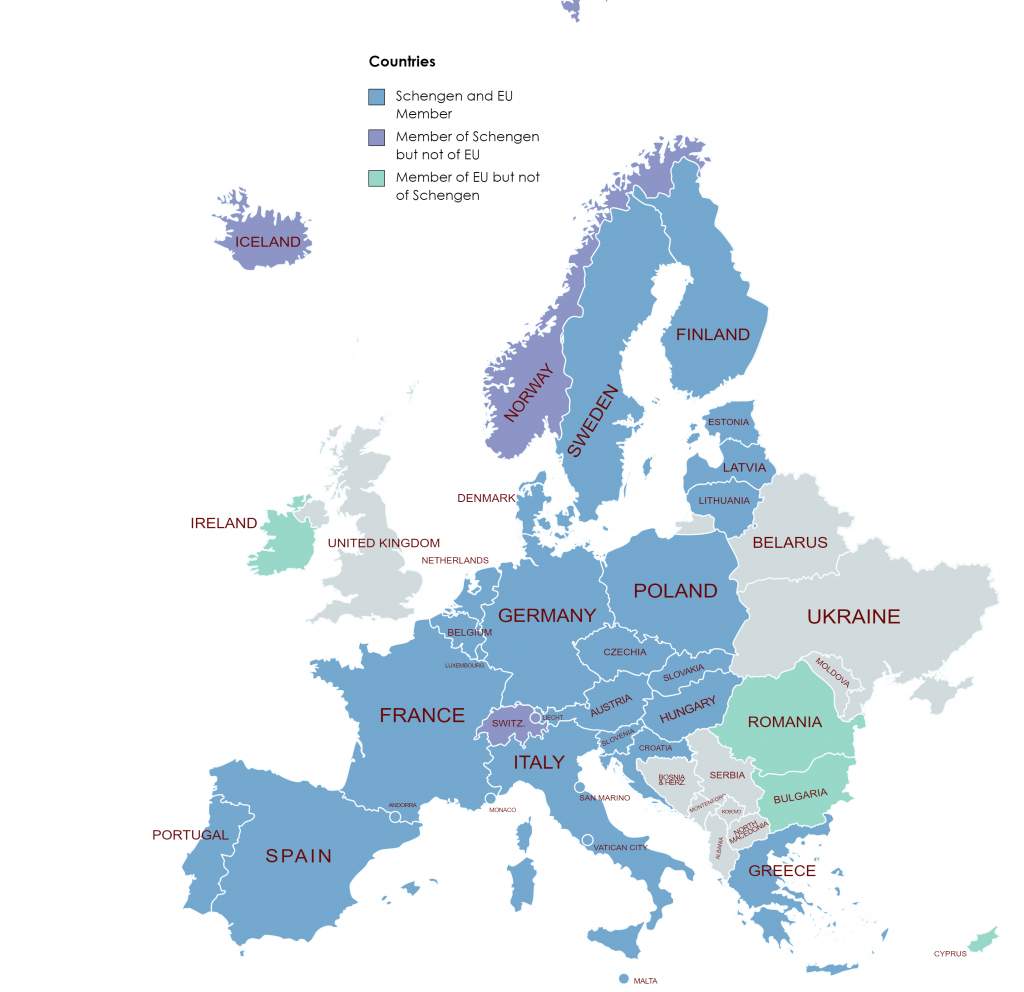




![PMF IAS Environment for UPSC 2022-23 [paperback] PMF IAS [Nov 30, 2021]…](https://pmfias.b-cdn.net/wp-content/uploads/2024/04/pmfiasenvironmentforupsc2022-23paperbackpmfiasnov302021.jpg)



